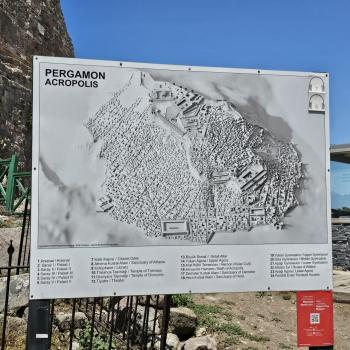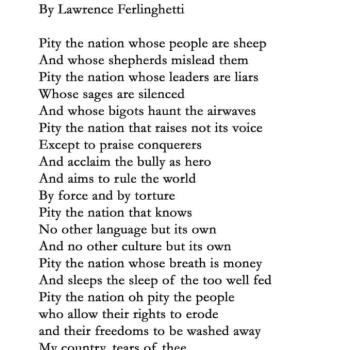Studying the New Testament through the study of ancient inscriptions, whether on walls, or steles, on tablets of stone, or somewhere else has been going on for a very long time. Adolph Deissmann among others a century ago encouraged this sort of study, and it has taken on a life of its own ever since. This sort of study needs to be done alongside the study of ancient manuscripts, since in fact there are as many inscriptions on stone as there are texts on papyri or parchments. For a very long time Macquarrie University in Sydney has been putting out New Documents which Illustrate Early Christianity, a task then taken up by. Eerdmans. We have now ten such volumes and counting. For the average student however, this is a rather overwhelming amount of information. Fortunately, there is now a new Introduction to such study by D. Clint Burnett entitled Studying the New Testament through Inscriptions (Hendrickson, 2020). The volume has copious notes, good bibliography, and one could have wished it had some full color plates, as the black and white pictures inevitably look quite washed out. Never mind that, the information in the book is good. It tells you about resources like the CIG=Corpus Inscriptiones Graecae, and various other places where one can find relevant data. It lists for you search engines that are task specific. And there are good explanations of some samples. For example Burnett explains about name calculation based on numbers, i.e. the ancient art of gematria, for instance dealing with 666. Ancient languages used letters for numbers. For example in Latin the letter V is the Arabic number 5. This word just in—- there were no Arabic numbers in or before the NT era. They were invented by— wait for it, Arabs! Actually the Arabs were just conveyors of this number system to the West. The writings of Middle Eastern mathematicians, especially al-Khwarizmi and al-Kindi, brought these numbers to the West in about the 12th century. The numbers themselves originated in India in the 6th or 7th century A.D.— long after the writing of the NT books.
As a primer, or starting point, Burnett’s book is quite useful, although I could have wished it included more examples (there is only about 160 pages of such material), but with excellent Appendices and charts.












